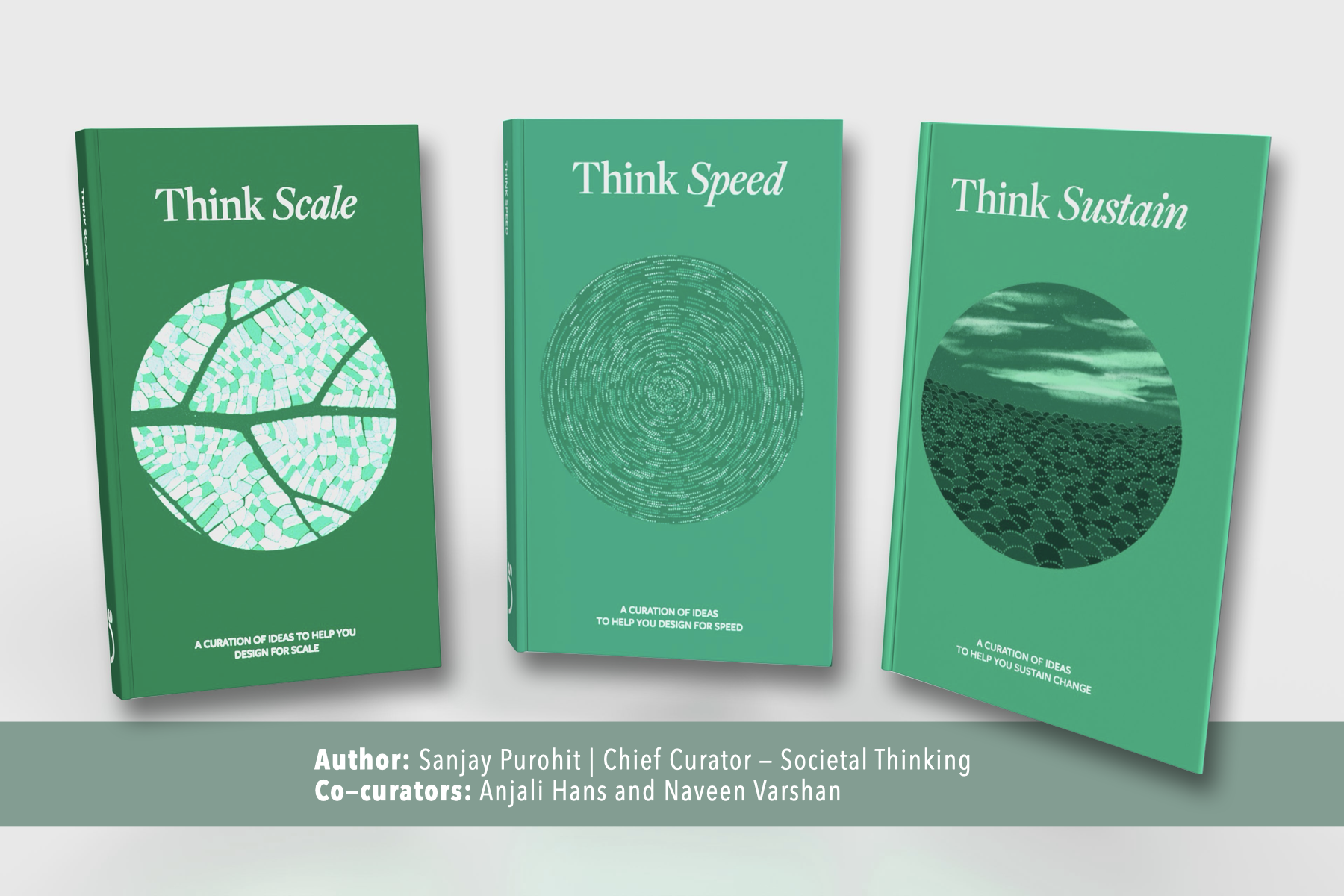Teachers and leaders must stay updated with the latest on how to improve learning outcomes for children. While training is one way to keep abreast, mentoring is proven to multiply the impact of capacity building.
NMM (National Mentoring Mission), catalysed by NCTE (National Council for Teacher Education), focuses on how mentoring can accelerate the informal/formal transmission of knowledge and extend psychosocial support for professional development. This approach is elaborated in the Bluebook on Mentoring, a Societal Frame, that leverages the collective imagination of education leaders.
Curious as I was to know why actors across civil society, Government and markets came together to reimagine mentoring, I caught up with Khushboo Awasthi, COO, ShikshaLokam, to trace the journey of NMM. Here are a few snippets from our conversation:
What sparked the framing of the National Mentoring Mission?
For a long time, we were exploring what ‘learning’ meant beyond courses and workshops – one size doesn’t fit all and that’s not only how adults learn. We saw teachers and leaders assemble in Clusters, and form a community of practice that fosters learning. They mentored each other. They learned by sharing their stories of ‘doing’. Could we extend mentoring to them in a systemic way?
When NEP (National Education Policy 2020) got published, the stars aligned. Section 15.11 of NEP speaks of the National Mission on Mentoring. We approached the Ministry of Education, got connected to NCTE and proposed co-creation. They said ‘Let’s do it’, and the journey began.
Looking back, how did NMM get off the ground?
NEP mentioned mentoring for students, but we were clear that it benefits everyone. The first step was to make the scope inclusive. We wanted to start with teachers and leaders, improve with feedback and then extend it to include students. After a series of conversations with the NCTE Chair, officials, team and consultants, we reached a common ground.
We used the Societal Model. Every few weeks, we brainstormed how programmes, solutions and a shared digital infrastructure could enable personalised mentoring at scale, with speed, sustainably. Soon, NCTE realised that instead of offering one standardised mentoring program, they could build an open platform to help States design their contextualised mentoring programmes. It was a mindset shift for all of us.
Then the research phase started. CoLab@Mantra4Change joined as knowledge partners. We understood the perspective of CRPs/BRPs, who were tasked with mentoring. We studied global best practices, what works, and what does not. We engaged with DIETs in Bihar to understand how they went about mentoring and the challenges they faced. Practical insights were gleaned from NGOs, Government institutions and KVs. We spoke to officials, school principals, industry experts and professionals from MNCs who were respected as mentors and soaked in all we could.
How did the Societal Model help envision NMM?
While thinking about system constraints, we deliberated how a leader in rural Odisha can discover the right mentor in Bangalore. How can we help people access mentors beyond their immediate networks? We brainstormed what could technology enable – discovery, trust, connections, and interactions. With usage, can technology curate community/mentee ratings? What role could AI plan in enhancing the mentoring experience?
As we wrote the Societal Frame for Mentoring, we asked diverse leaders which examples and references to include. It made us reflect on what it means to align with the context and strategy of diverse audiences. Rapid iterations followed. The first draft was opened on the NCTE website for feedback. But passive feedback was not enough, we had to orchestrate active dialogues.
With NCTE, we conducted 15 regional consultation workshops. Our first workshop was in Assam. We invited teacher training institutions, senior education leaders and the Director of Education. They suggested NMM be built on the socio-cultural fabric of Indian history and mythology. Could mentoring be presented as a traditional idea updated with current ideas? Initially, we resisted, but then it made sense. Most Indian folklore mentions mentorship, but we hadn’t thought through relevant examples to build upon. Now, NMM references Arjun and Dronacharya! We made the language accessible; we included short cases to bring the persona of a mentor and mentee alive. Key parameters of mentorship were defined so that solutions and programmes could be designed to meet specific needs across diverse contexts.
So, what’s next for NMM?
We are now rolling out a national pilot to validate the programmes and solutions. Through this, we will get real-time user feedback from mentors and mentees to understand what should be redesigned
We are iterating the technology infrastructure design. We expanded DSEP (Decentralised Skills and Education Protocol) using Beckn for mentoring use-cases. We conceptualised UMI (Unified Mentoring Interface) to catalyse a Unified Mentoring Network. Imagine this: What if, as a mentee, I could search for, discover and connect to the ‘right’ mentor, no matter which mobile app (mentoring service provider) they signed up for? That is the power of UMI. This is now updated in the NMM Bluebook and NCTE is planning the next round of consultative workshops.
We are excited about the future. NCTE is leading an aspirational and transformative journey. We are thrilled to be co-creators.
 Back
Back


